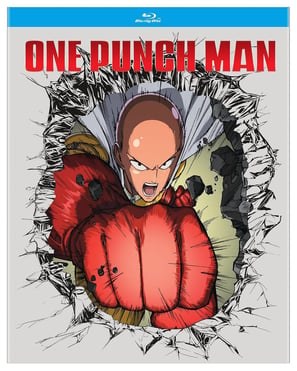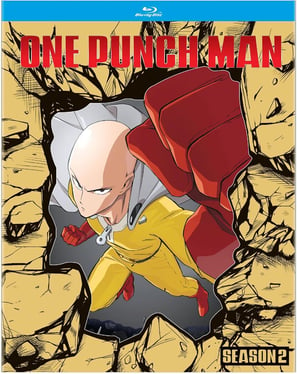Everything Wrong with One Punch Man Season 2 – Can Season 3 Fix It?
Season 2 of One Punch Man left fans disappointed with its animation, pacing, and poor adaptation. But can Season 3 bring back the magic? Dive into this in-depth critique and see what needs fixing! 💥 #OnePunchMan #AnimeReview #Season3Hype
ONE PUNCH MAN
Anime Fever
4/11/202510 min read
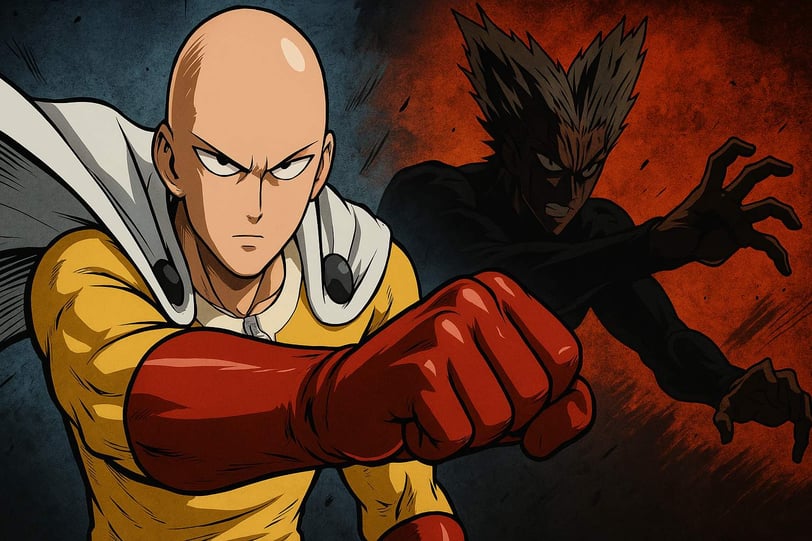

⚠️ Spoiler Alert: This article contains moderate spoilers for One Punch Man Season 2. Major manga events are not discussed in detail.
One Punch Man took the anime world by storm when its first season aired. With its jaw-dropping animation, hilarious satire, and epic fight scenes, it instantly became a fan favorite and set a new standard for action-comedy anime. Viewers were captivated by Saitama’s overwhelming strength and the clever way the show deconstructed superhero tropes, all brought to life by the brilliant work of Madhouse Studios.
Naturally, expectations were sky-high for Season 2. Fans eagerly waited to see Garou’s arc, more of the Hero Association, and a deeper look into the growing threat looming over the world. But when it finally aired, the excitement quickly turned into disappointment. The change in animation studio, coupled with a rushed narrative and poor adaptation choices, left many fans feeling betrayed by what could have been an incredible continuation.
This article dives deep into everything that went wrong with One Punch Man Season 2—from lackluster animation and inconsistent pacing, to how it failed to do justice to some of the manga’s best moments. We’ll also explore whether Season 3 has the potential to redeem the series and bring it back to its former glory.
The Legacy of Season 1: Why Expectations Were Sky-High
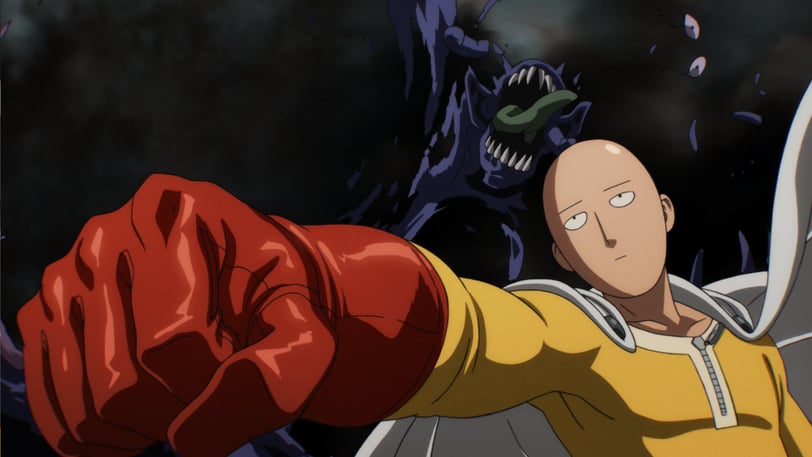

One Punch Man's first season, released in 2015, was a groundbreaking success that redefined the anime landscape. Produced by Madhouse, the series captivated audiences with its exceptional animation quality, delivering fluid and dynamic fight scenes that set a new standard for action sequences in anime.
The show's unique tone masterfully blended satirical comedy with intense action, offering a fresh take on the superhero genre. This balance allowed for both humorous moments and serious storytelling, appealing to a broad audience.
Character development was another strong suit. Saitama, the protagonist, was portrayed not just as an overpowered hero but as a relatable individual facing existential ennui. Supporting characters like Genos and Mumen Rider were given depth and compelling backstories, enriching the narrative.
Critics and fans alike praised the series, leading to high ratings and a strong fanbase. The combination of top-tier animation, engaging storytelling, and a unique approach to the genre made One Punch Man's first season a standout hit.
The Studio Change: From Madhouse to J.C.STAFF

One of the biggest turning points for One Punch Man Season 2 was the studio change from Madhouse to J.C.STAFF. This shift had a massive impact on the show’s visual quality, direction, and overall production value—and not for the better.
Madhouse, known for producing high-caliber anime like Death Note and Hunter x Hunter (2011), brought cinematic-level animation and meticulous direction to Season 1. Every frame felt alive, the fight scenes were smooth, and the camera work was dynamic. But due to scheduling conflicts and internal decisions, Madhouse didn’t return for Season 2, and the production was handed over to J.C.STAFF.
While J.C.STAFF has worked on several successful series (Food Wars, Toradora!), they lacked the experience—or perhaps the resources and time—to handle a title with the scale and hype of One Punch Man. The production timeline was tight, and many of the key animators and directors from Season 1 did not return. As a result, the animation in Season 2 often felt stiff, static, and underwhelming, especially during moments that should have been high-impact.
The result? A season that visually looked like a shadow of its predecessor. Key action scenes were simplified, emotional beats felt flat, and even character designs were inconsistent. This wasn’t just a different style—it was a noticeable drop in animation quality, which greatly affected fans’ emotional connection to the story and characters.
Season 2’s downfall started with the studio change, and it's something Season 3 must address head-on.
Animation Quality: A Step Backward
When it comes to animation quality, One Punch Man Season 2 was a clear step backward. Fans immediately noticed the dramatic downgrade compared to Season 1, and the disappointment was impossible to ignore.
In Season 1, Madhouse delivered animation that felt cinematic, with fluid movement, dynamic angles, and explosive energy in every punch. Fights like Saitama vs Boros became iconic not just because of the choreography, but because of the sheer animation power behind them. Each frame was bursting with intensity.
In contrast, Season 2, animated by J.C.STAFF, felt flat and uninspired. Many scenes were plagued by frame inconsistencies, stiff character movements, and reused stills. A key example is Garou vs Tank-Top Master—a fight that should have been gritty and brutal, but instead felt choppy and weightless. The animation lacked the polish and impact needed to make viewers feel the blows.
Even during supposedly climactic moments, the action often relied on quick cuts, zoom-ins, and static poses to cover up the lack of fluid animation. Instead of raising the tension, these shortcuts only reminded viewers of the show's limitations.
The online reaction was swift and unforgiving. Animators and fans on platforms like Twitter(X) and Reddit expressed frustration, pointing out scenes that looked unfinished or rushed. Memes comparing Season 1’s animation to Season 2’s flooded social media, often highlighting the jarring contrast in quality.
While animation isn't everything, for a series that built its identity on high-octane, beautifully choreographed fights, it matters a lot. The drop in quality made it hard for viewers to stay emotionally invested, and it turned what should have been legendary moments into missed opportunities.
For Season 3 to succeed, visual excellence must be a top priority.
Pacing and Storytelling: A Rushed Experience
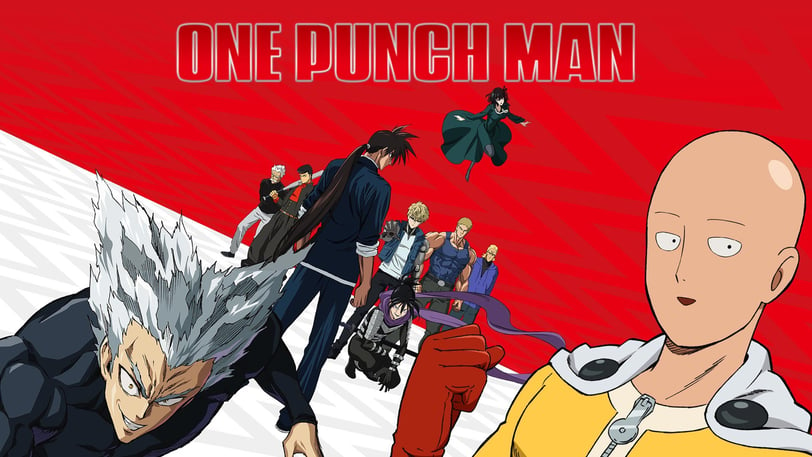

Poor pacing, underdeveloped arcs, and clunky storytelling were other major criticisms of One Punch Man Season 2. What made Season 1 so enjoyable—besides the animation—was its tight narrative structure. It moved at a perfect rhythm, giving time to develop characters, build tension, and deliver satisfying payoffs. Season 2? Not so much.
Instead of slowly escalating toward a powerful climax, Season 2 felt like it was constantly jumping from scene to scene, trying to cram too much in too little time. This wasn’t just a feeling—many fans pointed out how major arcs, like the Monster Association’s rise, were barely given room to breathe. Important developments were rushed, while less impactful scenes dragged on.
The biggest victim of this rushed pace was Garou. Introduced as a complex, morally gray anti-hero, Garou had enormous potential to become one of the most memorable characters in the series. But instead of taking time to explore his philosophy, motivations, and inner conflicts, the show gave us a surface-level version of him. His arc was still intriguing—but it could’ve been much more.
Even side characters like Bang, Genos, and Fubuki—who had potential for great development—felt sidelined. Key emotional beats came and went with little impact, and moments that should’ve hit hard felt empty due to the lack of buildup.
Storytelling is about more than just following the manga panels—it's about creating rhythm, building stakes, and making the viewer care. Season 2 failed to do that consistently. If Season 3 hopes to recapture the magic, it must focus on balanced pacing, deeper character arcs, and stronger narrative flow.
Adaptation Choices: Faithful, but Flat
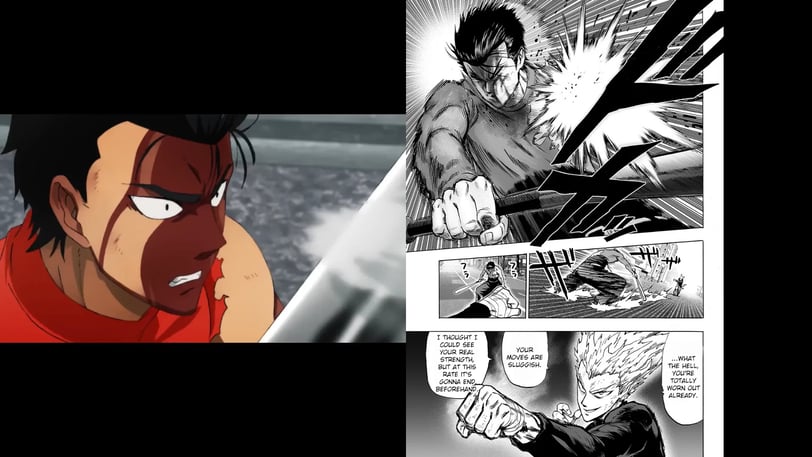

One of the most debated aspects of One Punch Man Season 2 was how it adapted the manga. While the season remained mostly faithful to the source material in terms of plot, the execution lacked energy and emotional depth. The result? A season that felt like a checklist of events, rather than an engaging story.
On paper, the events in Season 2 should have been thrilling. We had the introduction of Garou, the rise of the Monster Association, and several intense battles. But many of these scenes, though accurate to the manga, felt lifeless on screen. That’s because adapting a manga isn’t just about copying panels—it’s about bringing them to life with timing, emotion, and visual impact.
One notable issue was the lack of cinematic direction. Scenes that were filled with tension in the manga felt flat and mechanical in the anime. For example, the buildup to Garou's encounters lacked the suspense and pacing that made them so effective in print. Instead of creating atmosphere, the anime rushed from fight to fight with little dramatic weight.
Moreover, character moments that could have added layers to the narrative were glossed over. Scenes involving Fubuki’s internal struggles, Bang’s relationship with Garou, and Genos’ continued evolution were either shortened or lacked proper framing. These choices made it harder for viewers—especially those unfamiliar with the manga—to connect with the cast.
Being faithful isn’t enough. A good adaptation should enhance the story, not just retell it. Season 2 followed the script, but didn’t capture the spirit of the source. If Season 3 wants to win fans back, it needs to adapt with passion, pacing, and purpose—not just panel accuracy.
Garou: A Wasted Opportunity?

Garou had the potential to be one of the most complex and compelling anti-heroes in modern anime. Introduced as a "Hero Hunter" with a twisted moral code, he wasn't just another villain—he was a character meant to challenge the hero society, question its structure, and reflect the darker sides of strength and justice. But in Season 2, that potential was largely wasted.
While the anime touched on Garou’s motivations and backstory, it failed to explore his depth in any meaningful way. His philosophy, his empathy for monsters, and his conflicted sense of justice were briefly shown but never truly unpacked. Instead, the series focused more on his fighting abilities than his emotional and ideological struggles.
This was a huge missed opportunity. A well-developed Garou arc could’ve added layers of nuance to the story, elevating him beyond a typical antagonist. But what viewers got felt incomplete, especially when compared to how rich his arc is in the manga.
For Season 3 to redeem his character, it must go beyond surface-level storytelling. Garou’s transformation, beliefs, and inner conflict deserve real development, not just more screen time. Otherwise, one of One Punch Man’s best narrative tools remains underused.
Can Season 3 Fix It? Hopes and Possibilities

After the underwhelming reception of Season 2, One Punch Man fans are cautiously optimistic about Season 3. With J.C. Staff returning as the animation studio, concerns linger, but recent developments offer hope.
Producer Atsushi Fujishiro has acknowledged past shortcomings and emphasized the team's commitment to delivering a season that meets fan expectations. He stated, "Preparations for One Punch Man Season 3 are steadily progressing... we’re committed to delivering a season that won’t disappoint".
Early promotional materials suggest notable improvements in animation quality. Enhanced detail and shadow work are evident, addressing one of the main criticisms of the previous season.
Narratively, Season 3 is set to adapt the Monster Association Arc, a fan-favorite storyline featuring intense battles and deeper character development. Characters like Garou are expected to receive more nuanced portrayals, potentially rectifying the underdeveloped arcs from Season 2.
The production team appears to have taken lessons from past mistakes, focusing on improved pacing and storytelling. With the anime's 10th anniversary approaching, there's a concerted effort to restore the series' former glory.
While skepticism remains, the combination of staff dedication, improved visuals, and compelling source material positions Season 3 as a potential return to form for One Punch Man.
Conclusion: A Series Worth Saving
Season 2 of One Punch Man was plagued by inconsistent animation, pacing issues, and a lackluster adaptation that disappointed many fans. However, the series' core — its satirical brilliance, memorable characters, and unique tone — remains intact. With Season 3 promising visual improvements and a more faithful adaptation of key arcs, there’s still hope for a strong comeback. If the production team learns from past mistakes, One Punch Man can reclaim its spot as one of the best modern anime. Despite its stumbles, this is a series worth saving, and fans have every reason to remain cautiously optimistic.
FAQ – Everything You Need to Know About the Fall and Future of One Punch Man
1. Why was Season 2 of One Punch Man considered a disappointment?
Because it lacked the polished animation, tight pacing, and emotional weight that made Season 1 iconic. Fans expected greatness, but the shift in production and storytelling led to a noticeable decline in quality.
2. What changed between Season 1 and Season 2?
The biggest change was the animation studio. Season 1 was handled by Madhouse, known for its high standards. Season 2 was produced by J.C.STAFF, and the result was a product that felt rushed and inconsistent.
3. How did the animation affect the fight scenes?
Season 1's fights were fluid, cinematic, and emotionally intense. In contrast, Season 2’s fights felt static, with frame drops and lazy choreography—a huge letdown in an action-heavy anime.
4. Was Garou’s character wasted in Season 2?
Yes. Despite his potential as a complex anti-hero, Garou’s arc lacked depth and emotional nuance. He deserved better development, and many fans felt the anime failed to capture his essence from the manga.
5. Did the pacing of Season 2 hurt the story?
Absolutely. The season often felt rushed in some places and dragged in others, failing to maintain the consistent momentum that made Season 1 binge-worthy.
6. Can Season 3 fix these issues?
There’s hope. The production team has acknowledged past flaws and promised improvements in animation and storytelling. If done right, Season 3 could restore the show's reputation.
7. What arc will Season 3 adapt?
It’s expected to cover the Monster Association Arc, one of the most intense and dramatic parts of the manga. If adapted faithfully, it has the potential to be the best arc yet.
8. Are fans still excited for Season 3?
Yes—but with cautious optimism. The passion is still there, but fans are waiting for concrete proof of improvement before fully committing.
9. What lessons should Season 3 learn from the past?
To respect the source material, invest in quality animation, and focus on character depth. Visuals alone won’t save the show—emotional engagement is key.
10. Why does One Punch Man still matter?
Because it’s more than flashy fights. It’s a story about identity, purpose, and power, wrapped in satire and action. With the right treatment, it can still be one of the greatest anime of its generation.
If you want the Blue-ray of season 1 and/or 2 of One Punch Man, click in the images below!

